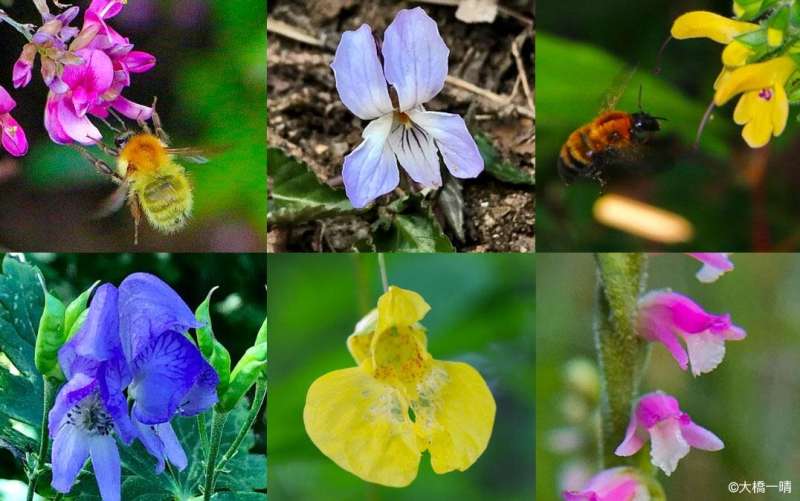New study challenges age-old conjecture that bilaterally symmetrical flowers increase pollination accuracy by animals

In nature, flowers may share morphological features, even across distantly related species. Bilateral symmetry is one such feature found in flowers of various taxa, such as orchids and legumes. Animals enter these bilaterally symmetrical flowers from the front with their ventral side down. This observation has led to the belief that bilateral floral symmetry represents an adaptation to allow the stamens and pistils to touch specific areas of an animal's body, thereby increasing pollination accuracy. However, this notion, widely held since the 18th century, has been recently refuted.
The new study, published in The Science of Nature, noted that more than 90% of bilaterally symmetrical flowers, such as orchids, are presented horizontally. Accordingly, animals naturally approach these flowers from the front with their ventral side down. This indicates that the observed stabilization of animal flower entry may not be attributed to bilateral symmetry but to the accompanied horizontal orientation.
The researchers conducted indoor experiments using nine different artificial flowers with exhaustive combinations of floral symmetry (bilateral symmetry, disymmetry, and radial symmetry) and orientation (upward, horizontal, and downward) to investigate the effects of floral symmetry and orientation on the stability of flower entry by bumble bees, Bombus ignitus.
As expected, the results of this study showed that the entry angle of bees was significantly stabilized when flowers were presented horizontally, with a 60% reduction in angular variation compared to the upward and downward orientations. Meanwhile, none of the three types of floral symmetry were found to contribute to the stabilization of flower entry. This remarkable result prompts a reconsideration of the adaptive significance of bilaterally symmetrical flowers that have evolved repeatedly in angiosperms.
More information: Nina Jirgal et al, Effects of floral symmetry and orientation on the consistency of pollinator entry angle, The Science of Nature (2023).
Provided by University of Tsukuba




















